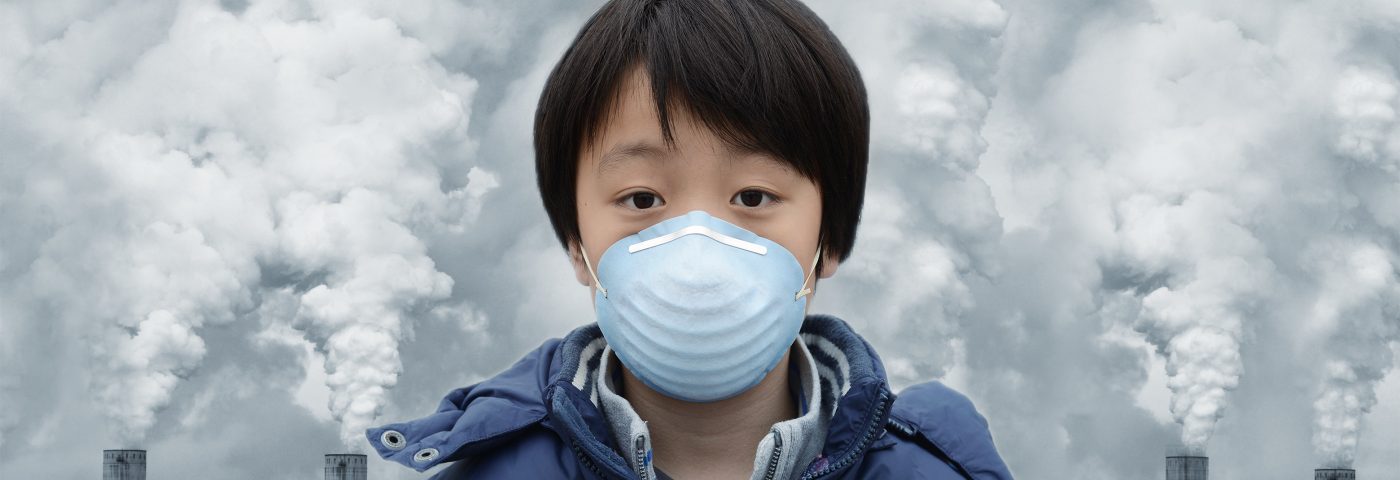Investigators from the Capital Institute of Pediatrics in Beijing, China, identified an increase in infections caused by Mycoplasma pneumoniae almost a year ago. By December 2015, the pathogen had already been found in more than 50 percent of children who were hospitalized due to pneumonia in that city. Now the team believes the epidemic will probably continue throughout 2016, and perhaps longer.
The data was published in the Journal of Clinical Microbiology, an American Society for Microbiology publication, under the title “Latest Surveillance Data on Mycoplasma pneumoniae Infections in Children Suggesting a New Epidemic Occurring in Beijing.” The authors believe the study might help clinicians slow this epidemic.
Positive diagnoses for M. pneumoniae from May to December 2015 in children nearly doubled, from 30 to 57 percent, according to Hongmei Sun, M.D., who works as a pediatrician and director of the Department of Bacteriology at the Capital Institute.
As the epidemic continues, researchers believe related outbreaks will occur elsewhere in China and perhaps in other Asian countries, as well. As a result, doctors in Beijing are being told to be alert for M. pneumoniae infection. The media is already publicizing the epidemic and letting parents and families know they should cooperate with diagnoses and treatment in order to contain the spread of the disease.
This research is based on the monitoring of the pathogen in children that Sun and collaborators have been conducting since 1977. Seven epidemics have taken place in Beijing since the start of the monitoring.
Genotyping can assist clinicians in the identification and treatment of a disease, since different genotypes of the same pathogen might produce somewhat different symptoms and different reactions to drugs. The research team had genotyped samples from patients from earlier epidemics, and repeated the process on this most recent epidemic. The results revealed that one particular genotype, MLVA4572, appears to be drug-resistant.
M. pneumoniae generally triggers sore throats, fever, fatigue, headaches, and progressive cough that can last for months. Children under the age of 5 often suffer from vomiting and diarrhea instead of a fever. Investigators say those who are at higher risk work in crowded places such as in schools and hospitals or live in dormitories, and be especially cautious until the epidemic is contained.
“We have started investigating the rate of M. pneumoniae infection in several other regions of China, along with other Chinese Mycoplasma experts,” Sun said in a press release, adding the team is hoping to publish the data before this autumn so their research can help control the epidemic in Beijing and other regions.

